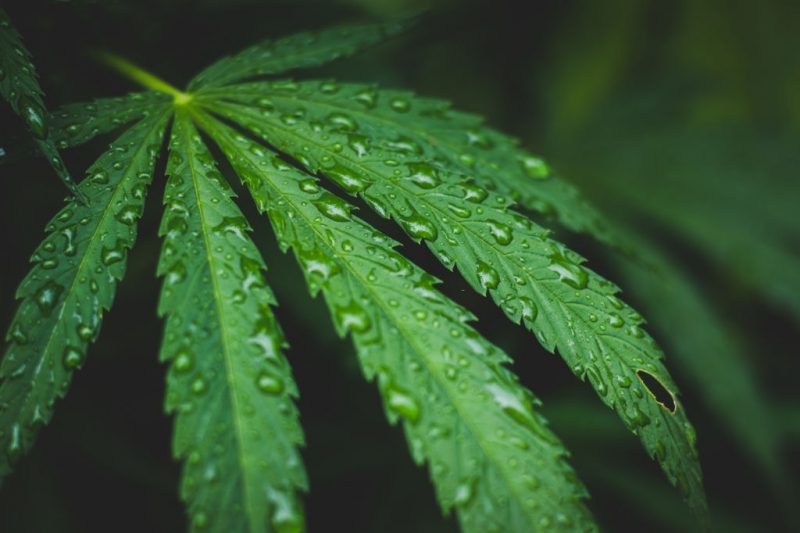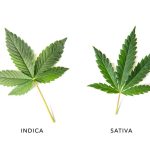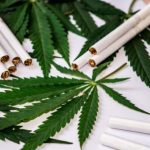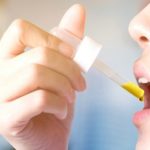🔥 Website for Sale - Contact Us
Low humidity levels in grow tents can have a disastrous effect on the quality and size of the flower harvest.
In this article, we take a look at what is the humidity sweet spot range and how to increase humidity in grow tents.
Like with most things in life, too much or too little of a good thing almost always turns out to be bad for you.
Higher humidity levels in a grow tent can be a welcome sign because it indicates that the cannabis plants are breathing healthily, but too much humidity can promote the formation of harmful fungus.
Whereas insufficient levels of humidity can end up dehydrating your plants which prevents your flowers from reaching their full potential.
While the extreme of both ends of the spectrum will seriously diminish your flower yields, the humidity sweet spot range will result in a healthier plant that needs a shorter time to reach maturity.
How to increase humidity in grow tent
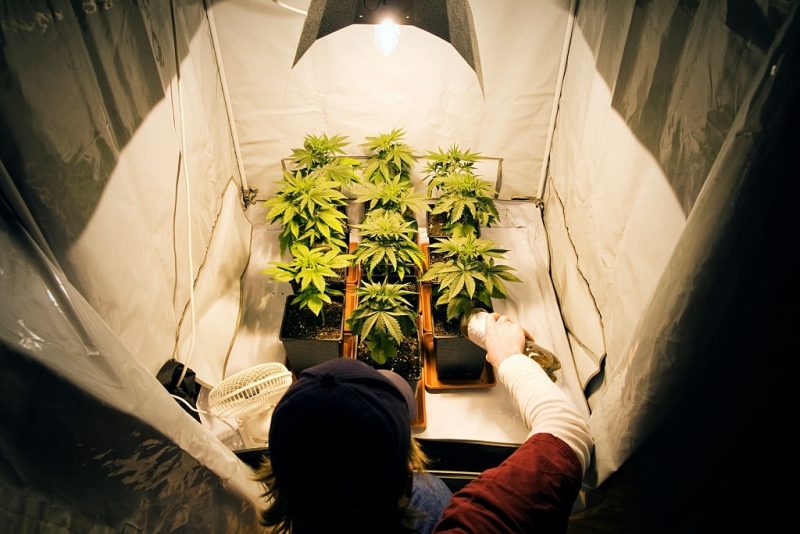
Before we look at the best ways to increase the humidity in a grow tent, you might want to learn more about the basics of “relative humidity” and how it can be determined.
Once you understand the basics of growing tent humidity you can effectively determine if the atmosphere requires more or less moisture, and how much is needed.
What is relative humidity?
To understand humidity you first need to know what is relative humidity and how it behaves.
If you ever wondered why it makes no sense to compare weather channel humidity forecasts to the actual water saturation in the air, you want to continue reading.
The weather channel might predict 70% humidity in the summer which might make you feel sticky and sweaty, whereas the same humidity in the winter will dry out your skin faster than potato peels lying in the sun.
Wait a minute, what exactly is going on here?
Does this mean the weather channel forecasts are unreliable?
No, they are pretty reliable. However, most weather reports display relative humidity instead of how saturated the air is.
“Relative humidity” is measured in percentage and is the amount of moisture in the air compared to how much water the air can hold at a given time.
Furthermore, the amount of water the air can hold is entirely dependent on temperature.
If your grow room has a low temperature of 10°C (14°F) and high humidity of 70%, the air will be nearly dry because cold air holds less moisture than hot air.
If you push the grow room temperature up to 20°C (68°F) with 70% humidity, the atmosphere feels a lot damper and muggy because warmer air can hold more water.
What happens when the humidity in the grow tent is low
Humidity is one of those cultivation critical factors that if you get it wrong you can lose your entire crop due to mold, diseases, or plant dehydration.
Dailing in the humidity sweet spot can have an extraordinary effect on the quality and size of flower yields.
Yes, plants are extremely concerned about their climate and as a cannabis grower, you should be too.
Here are 3 results of low humidity in grow room
Stunted plant growth
Low humidity in a grow tent can compromise plant growth and take plants much longer to reach maturity.
Nutrient burn on the leaves
In a healthy environment for plants, there is enough moisture in the air for the plant to absorb some nutrients through their leaves.
In a dry climate (low humidity) plants start to absorb an excessive amount of water through their root system to compensate for the lack of moisture in the air.
As a result, the plant overeats on nutrients which can turn the leaves black (also referred to as nutrient burn)
Plant Dehydration
Low humidity in your grow space causes multiple underlining problems when it comes down to quality and yield size.
A prolonged dry environment can cause the pant to be more thirsty than usual and results in the plant not getting enough moisture to support its rapid growth.
This often leads to underdeveloped and dryer flowers which if compared to a healthy flower is much smaller and less potent.
Another cause for concern when it comes to dehydration is that plants can literally dry out and become fragile over time.
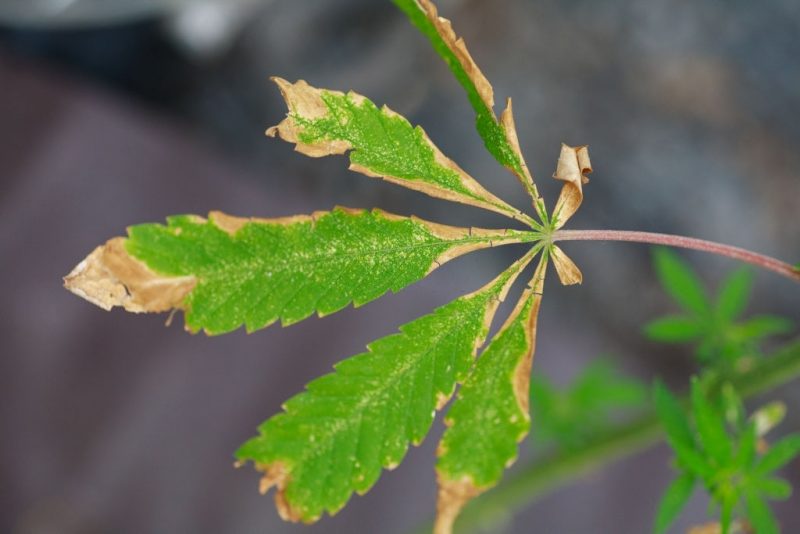
Optimal humidity levels for different phases of the cannabis growth cycle
Marijuana plants have 4 life cycles stages that all need different humidity and temperature level.
Here are the optimal humidity levels for each of the 4 phases of cannabis growth cycles.
The optimal humidity level for clones and seedlings ranges from 70-75% because their roots system has not fully developed yet.
During this time these small plants are extremely fragile and need to absorb all of their moisture through a process called transpiration.
Plants have tiny pores (called stomata)on their leaves used to expel water vapor and oxygen into the are environment while simultaneously taking in CO2.
Given that seedlings and clone plants have an underdeveloped root system, they are entirely dependent on moist air to source their water needs.
During the vegetation stage, cannabis plants require a humidity range of 50% to 70% since their root system has developed by now and can support their daily water needs.
When plants start to prioritize their roots system to intake nutrients and water their leaves don’t entirely stop absorbing food and moisture.
The plant merely prioritizes the root system over the leave system because roots are much more efficient in water uptake.
Early flowering stage cannabis prefers a 40-50% humidity range.
In the beginning stages of flowering high humidity is also a great cause for concern because they are more likely to get attacked by mold and mildew.
The formation of fungi during this stage is difficult to detect as the mold starts to set in from the inside of the flower leaving no visible signs to identify it on the outside.
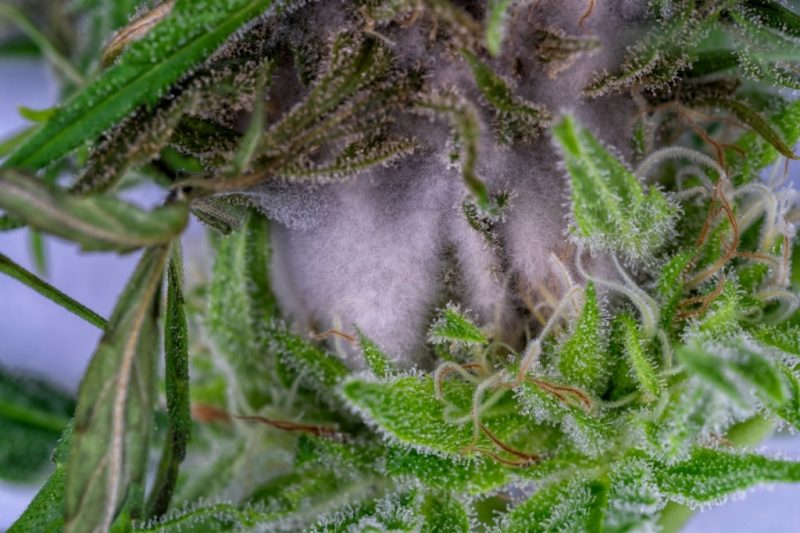
On the other hand, if the air is to dry your flower will get dehydrated and experience stunted growth.
During the late flowering stage cannabis cultivators prefer their grow tent humidity in the 45-50% range to prevent flowers to become harsh and brittle come harvest time.
Increase grow tent humidity: Complete Procedure
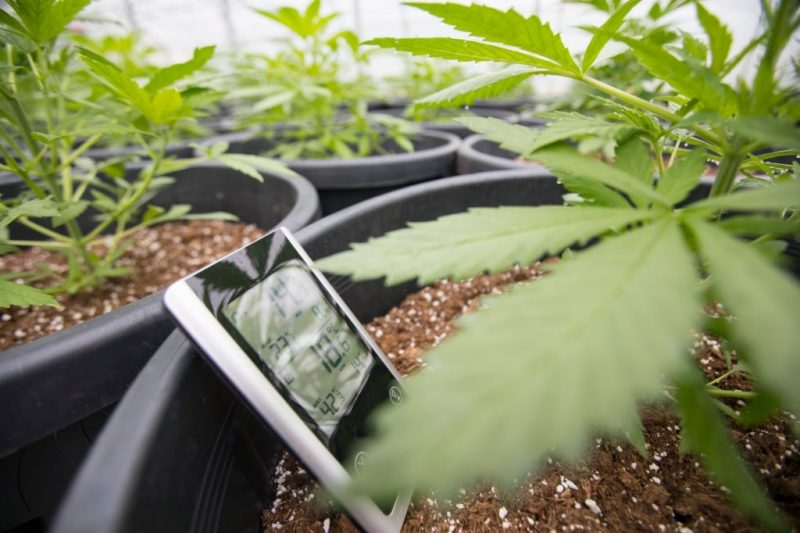
The best way to approach battling low humidity in a grow space is by a series of steps.
Some of these steps might be obvious but i included them to create a complete procedure to follow for small to medium indoor growth spaces.
When I optimize my grow tent humidity I use a series of basic and advanced techniques. Each of the following suggestions is meant to be only one piece of the humidity puzzle.
1. Lower Fan Speed
Lowering ventilation fan speed is the quickest way to increase humidity with the least amount of effort.
Moderate to low ventilation fan speed helps increase humidity because the moving air inside the tent dries up the moisture.
Furthermore, the ventilation fan’s main work is the suck out water-saturated air and in return causing positive pressure in the tent that pulls in colder dryer air from the outside, essentially lowering humidity.
To increase humidity you want to apply the reverse of this principle by reducing the fan speed so less moist air gets sucked out through the ventilation.
If this is not a viable solution for your circumstances, move to the next method.
2. Add water to the grow space
Another immediate action you can take to increase humidity is to simply add open water containers inside the grow space.
Another quick trick is to hang wet towers inside the tent. I particularly like this method to prevent water spillage from open water containers on the ground.
However, hanging wet towels do how one major drawback and that is keeping the towels soaked requires additional management and labor.
While this method is not as effective as using a humidifier, it can be enough to push a small grow tent humidity level in the optimal direction.
If you don’t have a humidifier this can be a great solution.
3. Reduce air temperature
Another tactic you can use is to manipulate the principle of “relative humidity” in your favor.
The idea of relative humidity suggests that cooler air requires much less water to become saturated compared to warm air.
By slightly lowering the grow room temperature the humidity level can rise.
However, one word of caution, if lowering the grow space climate heat requires moving away from the temperature sweet spot, this is a bad idea.
Here is a quick reference for the ideal temperature of each growth phase.
My recommendation is not one size fits all because each plant’s preferred temperature may change depending on the strain.
Below is an average temperature I use as a starting point.
- Seedlings: 73° F (23° C)
- Vegging: 70° F (20°C)
- Flowering: 65° F (18° C)
Use a quality Humidifier
If none of the previous methods make a significant impact, you may want to invest a couple of dollars in a quality humidifier.
Humidifies is the most effective way to increase humidity in any size indoor grow space.
When choosing the ideal humidifier for an indoor grow space there are a couple of things to look out for.
Firstly, you may want to pick one with a thermostat.
With a built-in thermostat, the humidifier can be configured to automatically shut off and switch on to maintain the ideal humidity.
A humidifier without a thermostat climate regulator is like babysitting.
The grow room will require constant manual climate management and adjustments and can result in added stress because your mind keeps checking in to ensure the climate is optimal.
Secondly, you want a humidifier that can carry a decent amount of water, because this too can become a pain in the rear end to constantly fill it up.

